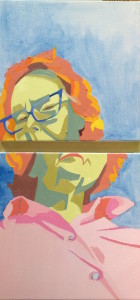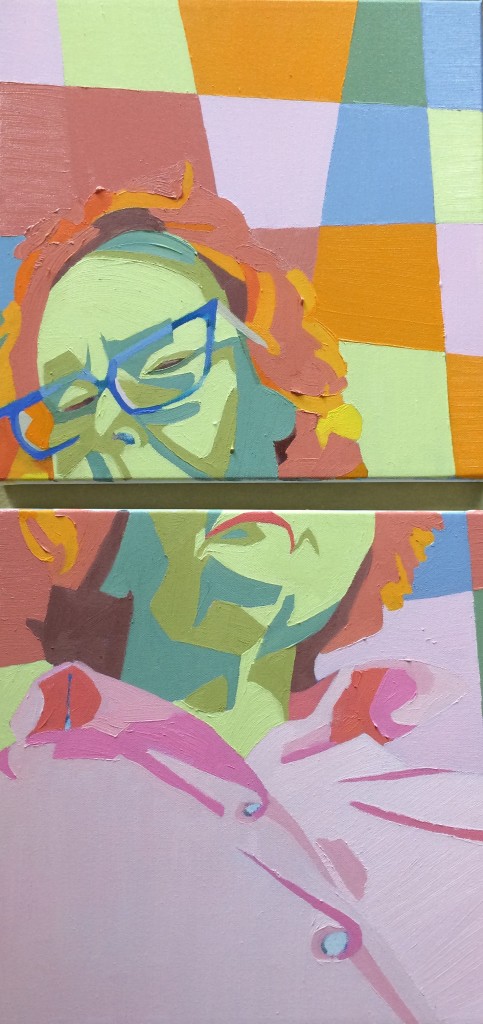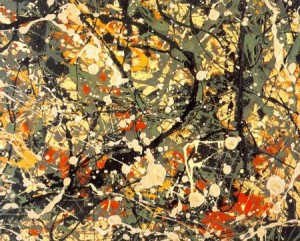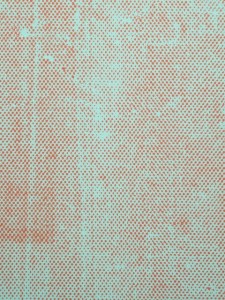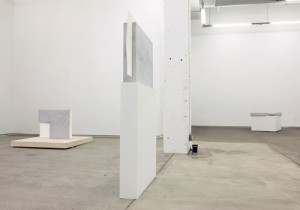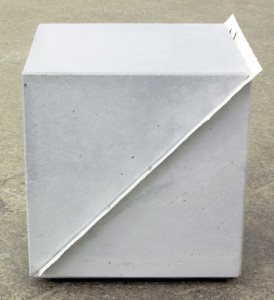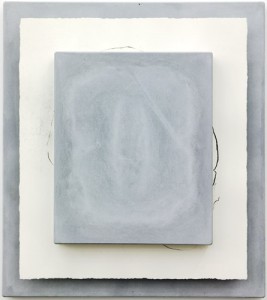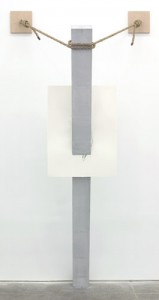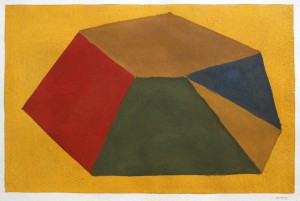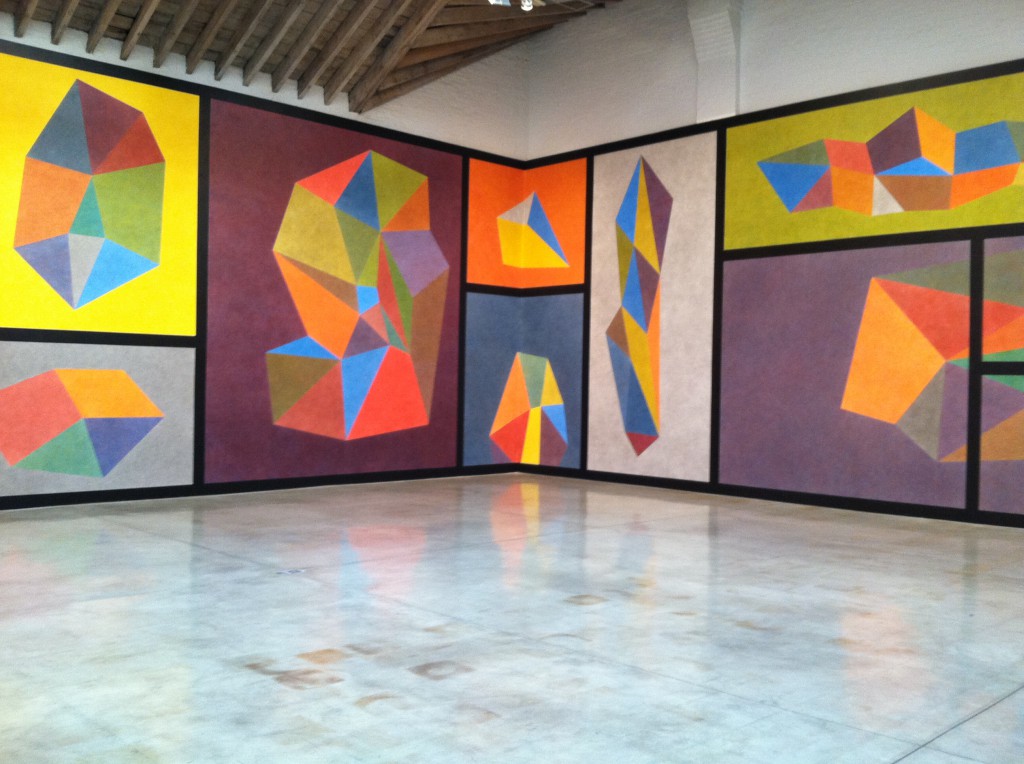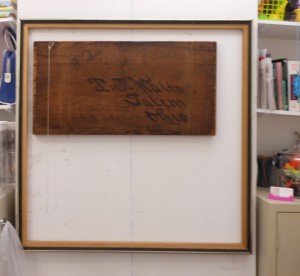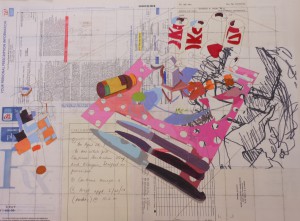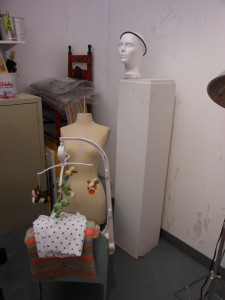Last year (B.C. – before covid) I went to Paris. It was a magical trip in February during which the weather was gorgeous, my clothes were apparently chic (enough), my college French returned (enough), and the art museums were sublime.
In one corner of the Centre Georges Pompidou gift shop, I found a marked-down Wayne Thibaud jigsaw puzzle, which I bought and lugged home. And I just put it together, with help from a friend who is on my quaranteam.
This is probably the closest I’ll ever come to owning a Thibaud. (Never say never, but still…) But I can still find the hidden strokes of red, the luscious blue and purple shadows and the brush strokes that read like swirls of icing. Delicious!
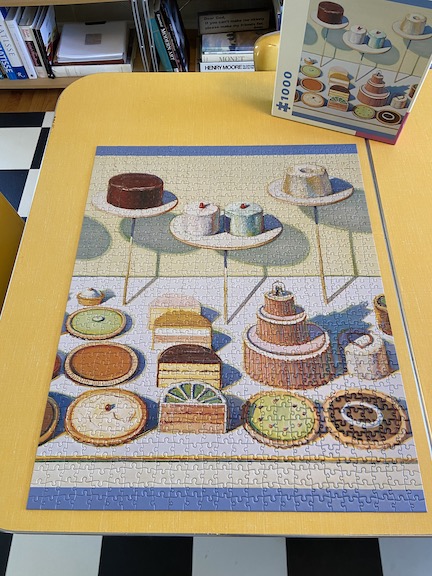
This is a picture of the original. Mine’s not bad, right?
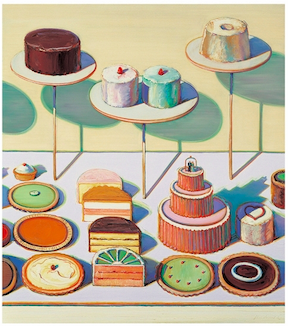
Here is a treasure from my visit to the Musee D’Orsay:
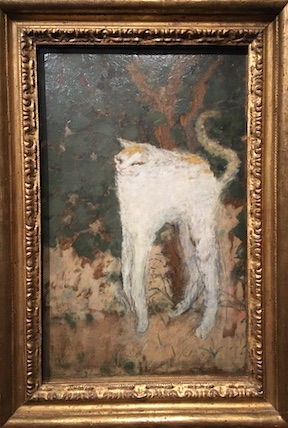
Best painting of a cat, ever! And you’re thinking to yourself, well, she’s never going to own a Bonnard, and you’d be right, but I can come close!

Just kidding! Not my cat! I don’t have a cat!
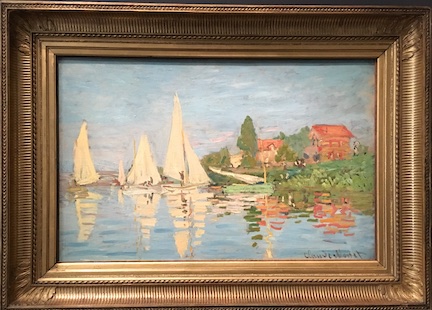
While wandering around the Musee D’Orsay, I also found one of my favorite Monets.
I have admired this painting for decades. The sky color reflected in the water is not realistic (in life the water would be darker) but is so beautiful. And those sailboats look to be running aground. But representational art is not necessarily about reality. Of course the Musee D’Orsay is not going to sell it to me (as if that were the problem). So – is this as close as I’m going to get?
Not exactly!
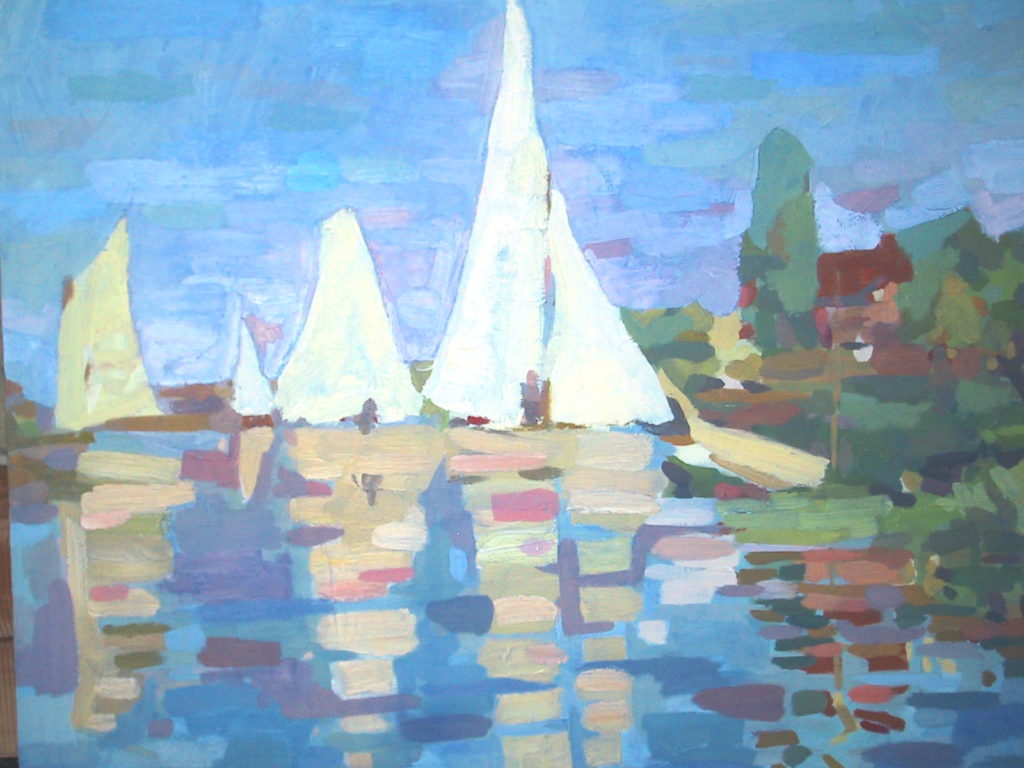
Long before I had any real notion of what to do with a paintbrush, I was in Steven Sheehan’s landscape-painting class. When it was too cold to go outside, we made master copies. I analyzed the brushstrokes, the colors, the lights and the darks and then made a fairly brutish copy. The original Monet is smallish. This painting is BIG. So, maybe I won?
Here is one of Sonia Delaunay’s stunning portraits from the Centre Georges Pompidou. Color as light!
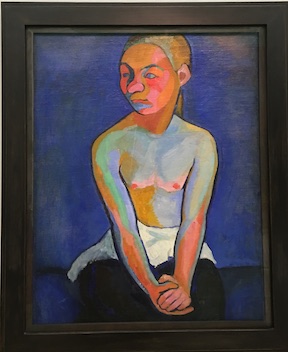
Sonia Delaunay lived and worked with her husband, artist Robert Delaunay – or perhaps in his shadow. In fact, if you search the Pompidou’s collection for Sonia Delaunay, you will see that his paintings come up first. But she had a Fauvist aesthetic that reads as hers alone, and strikes me as very modern.
Am I going to own a Sonia Delaunay? Nope. I wish. But she still influences my art.
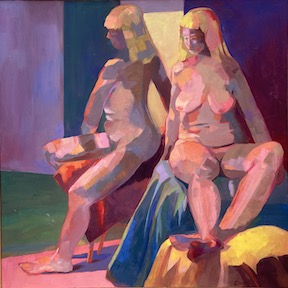
You don’t have to have a van Gogh in your house to have a van Gogh in your house. I grew up with van Gogh posters in my family’s dining room. I thought they were real. And they WERE real. All art is real.
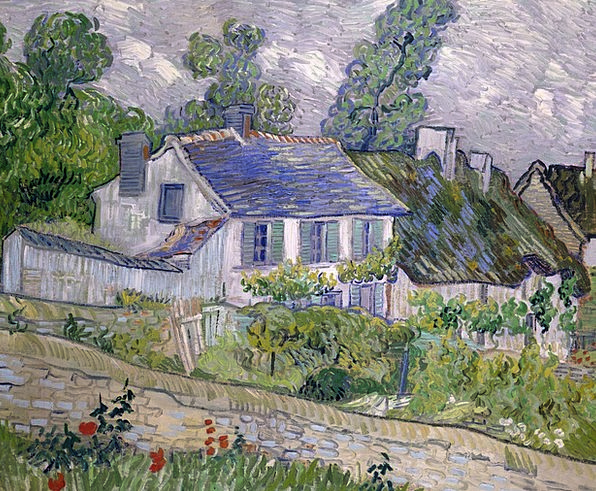
Thank you to my parents for showing me art, taking me to museums, and giving me art lessons. Thank you to all of my teachers for helping me make art. I believe that everyone is an artist and all art is real.

